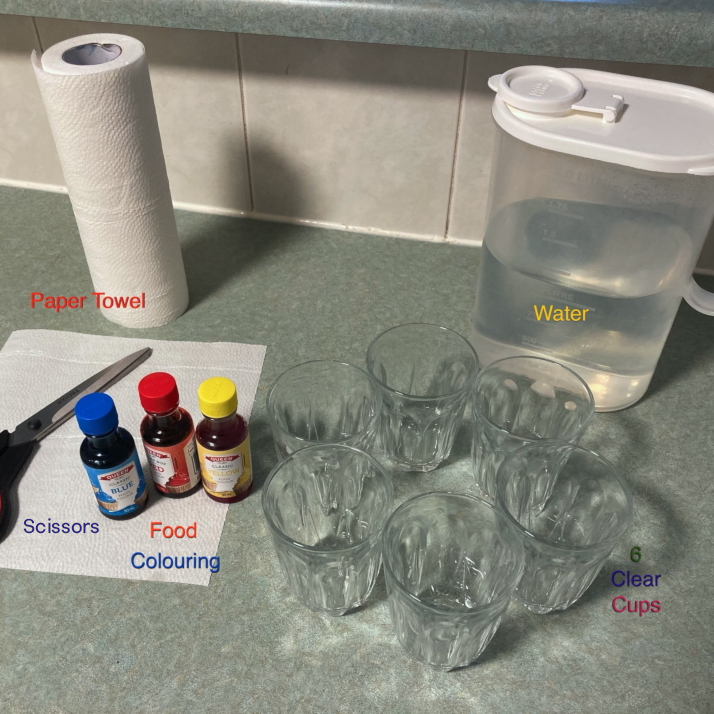Rainbow Water Wheel
You will need:
How to:









Reflect and Extend
.jpeg)
Science at work: Capillary Action
Trial and Error

Learn more: Light, Pigment and Primary Colours
Early Years Questacon Science Time: Colour and Light
Curriculum Connections
More activities to try

Timelapse Videos
Create your own timelapse video! Timelapse videos are a clever way to quickly show something that takes a much longer time in real life.
Try It


